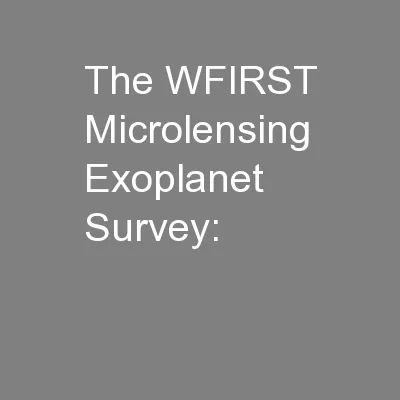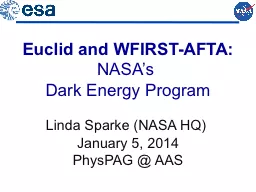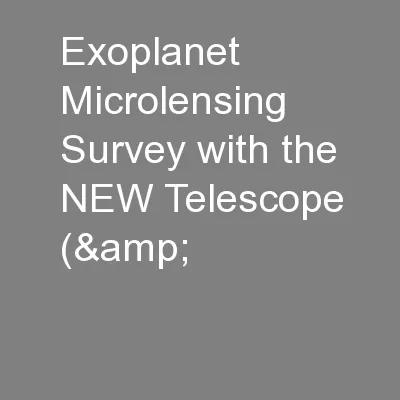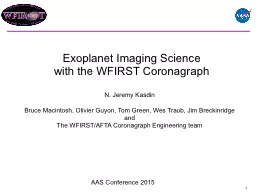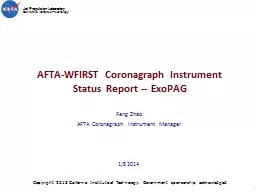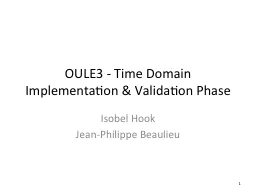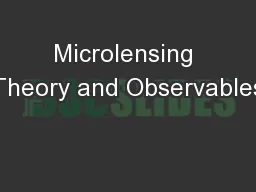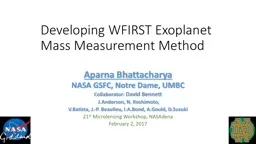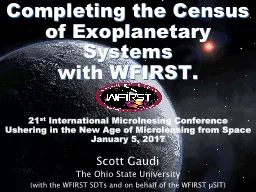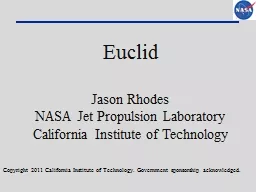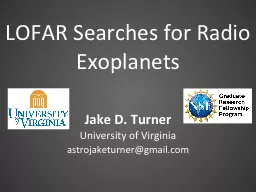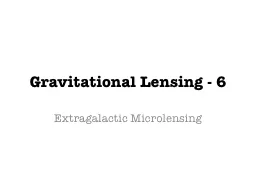PPT-The WFIRST Microlensing Exoplanet Survey:
Author : ellena-manuel | Published Date : 2016-07-16
Figure of Merit David Bennett University of Notre Dame WFIRST WFIRST Microlensing Figure of Merit Primary FOM1 of planets detected for a particular mass and
Presentation Embed Code
Download Presentation
Download Presentation The PPT/PDF document "The WFIRST Microlensing Exoplanet Survey..." is the property of its rightful owner. Permission is granted to download and print the materials on this website for personal, non-commercial use only, and to display it on your personal computer provided you do not modify the materials and that you retain all copyright notices contained in the materials. By downloading content from our website, you accept the terms of this agreement.
The WFIRST Microlensing Exoplanet Survey:: Transcript
Download Rules Of Document
"The WFIRST Microlensing Exoplanet Survey:"The content belongs to its owner. You may download and print it for personal use, without modification, and keep all copyright notices. By downloading, you agree to these terms.
Related Documents

